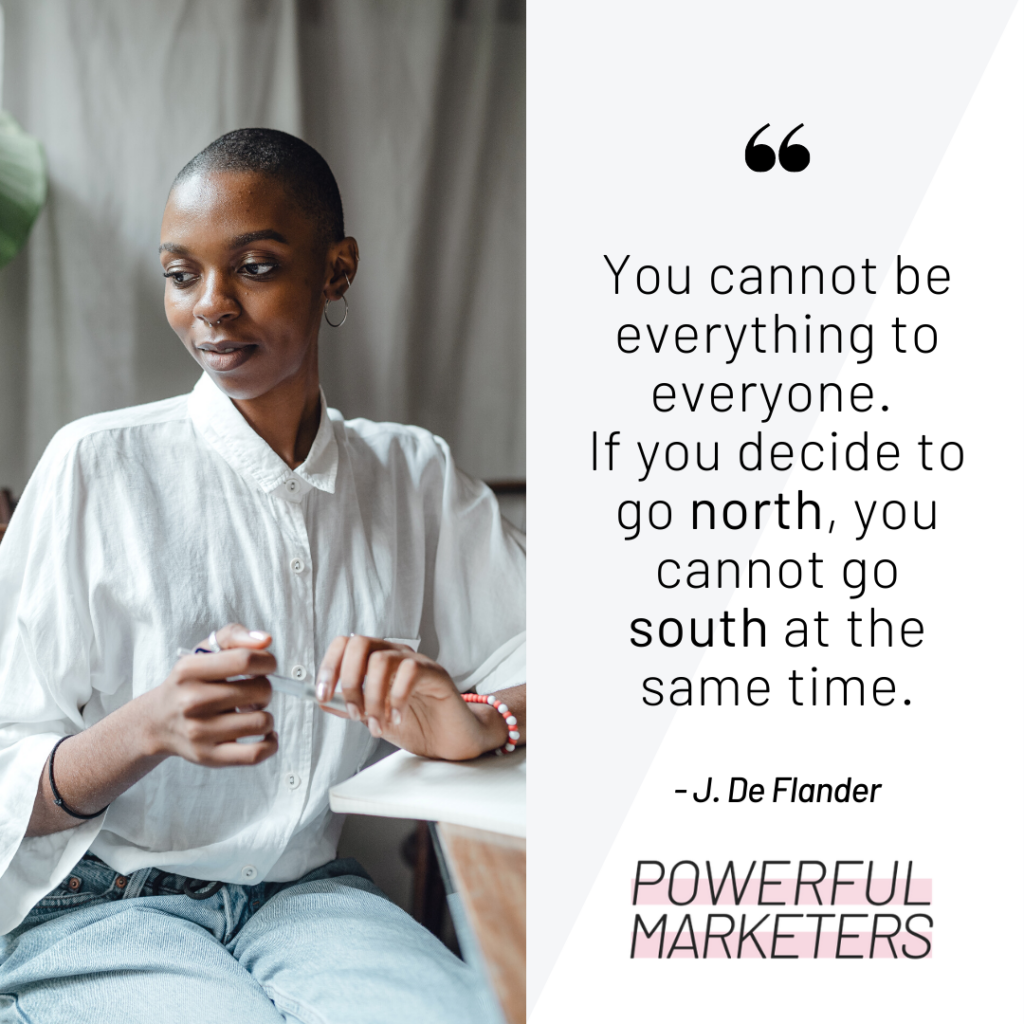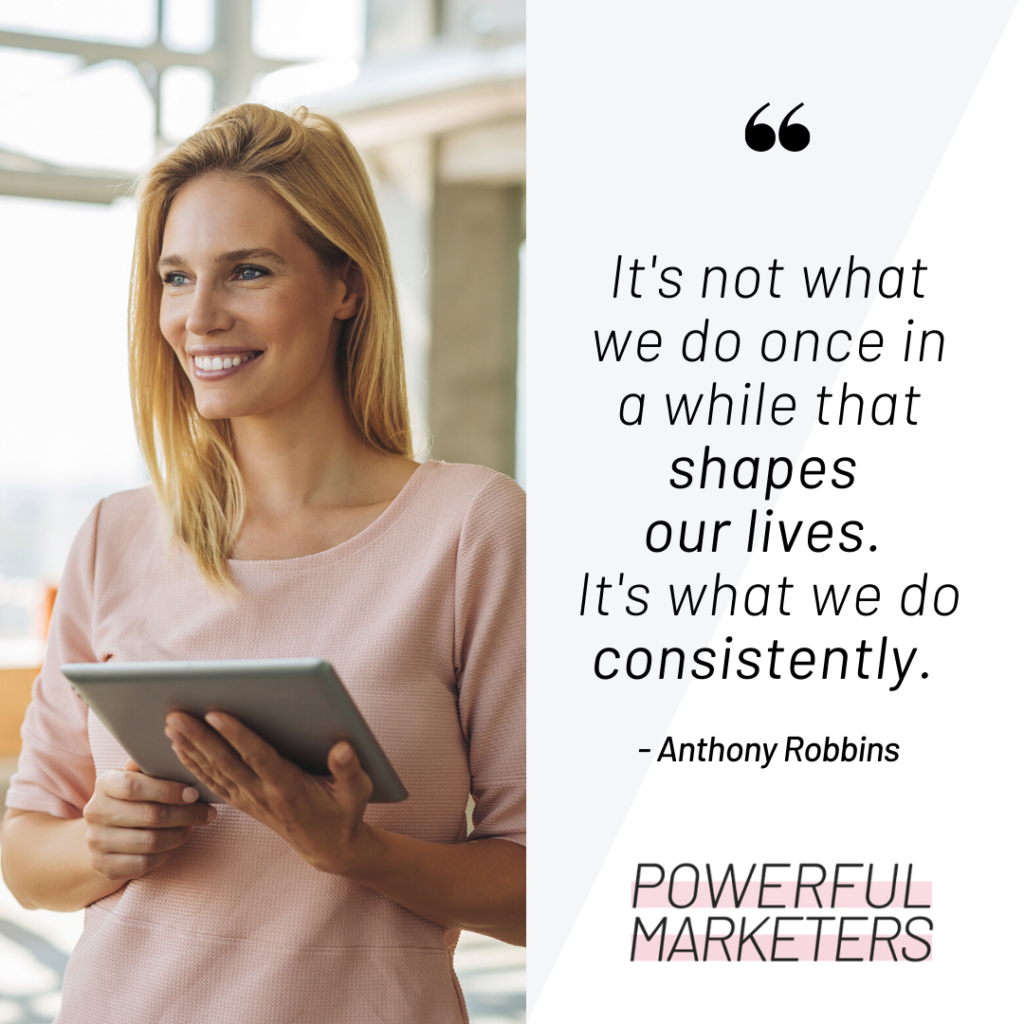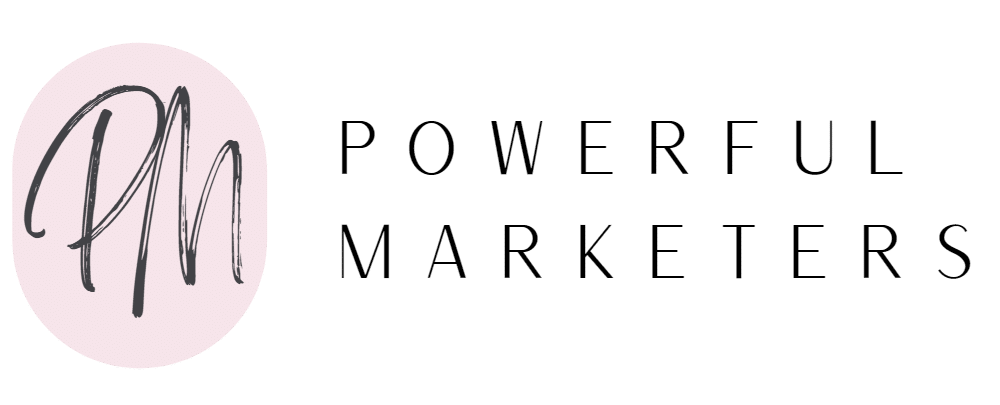You can build the most powerful marketing campaign with the most amazing copy. BUT, if you make the wrong choice and place it at the wrong channel at the wrong time, it’s not going to do much good for anybody. That’s why in marketing you generally have 2 options:
- “Try to reach everyone” method, which is not effective and costs a lot of money. The strategy could be described as “standing in front of the forest, just firing a gun at random and hoping to hit your prey”. What most likely happens is that you indeed might hit one or a few by chance, but you’ll scare away all the rest.
- The second approach is to carefully consider the channels you use, and then to be consistent with those channels. Because the truth is, you can grow your brand awareness and your business, even in the long run, with very little money — and even for free. The secret is simply consistency and choosing the right channels.
How to choose marketing channels for your business? That’s what we discussed on our latest Powerful Marketer Talks webinar. Continue reading the blog post for the key takeaways and watch the full recording of the webinar at the end of the post!

1. Consider your goals and objectives
Start by thinking what your goals are. What are you trying to achieve with your marketing efforts?
- Is your goal to have as many new contacts as possible, so that you can make them a personal offer later on?
- Or do you need to push sales and increase them quickly with a short-term discount campaign?
- Should you work on brand awareness and branding, so that more people will know of your company, products and services?
- Or maybe you should work on retaining existing customers instead? Or retaining your employees?
The possibilities are endless, really. But the first step is to always be clear on what it is that you are aiming to achieve. Otherwise, how will you know if the channel worked or not, if you don’t know what your goal is?
2. Be mindful about the customer journey and its different phases
The more mindful your marketing efforts are, the more likely you are to succeed in the long run. The key here is to not neglect any of the phases in the customer journey. A great way to illustrate a typical customer journey is The Glass Halo Approach.

- It all starts with your target audience, which in this theory are called the suspects. How you attract them is by dealing with both in- and outbound marketing, where inbound means getting people onto your website by putting out valuable content for them, and outbound means entering into people’s daily lives through ads. So, the goal here is to raise awareness.
- Those suspects can become prospects once you feed them enough valuable information and they begin to trust you, which means the goal here is to build trust.
- The next step is to support them in the sales process, so that they can become customers. The goal in your marketing activities is to provide information.
- But sales are not the finish line. Sales are just the beginning of the customer relationship. From there you need to build the relationship, so that they’ll become loyal clients.
- And when you keep listening and talking to them, remain honest and transparent, and exceed their expectations by creating the VIP feeling, they will eventually grow into brand advocates who will recommend you to new people.
By focusing on these different phases consistently, you can really decrease the cost in marketing over time. Because it’s much more cost-efficient to do business with people who already know and trust you. An important thing to remember here is that different phases act differently and they use different channels to gather information.
3. Find the best options within your budget
Once you know the goals for your business and the different phases in your customer journey, you need to consider your financial capacity. Because no business has endless resources nor is it wise to waste money. On the other hand, you do have to test if a certain activity works for your business, and if you try to spread the cost too thin, then there may not be any results to see. So, you need to be mindful about your budget and remember that if your marketing is thoughtful, measurable, and consistent; it is not an expense, but an investment.

4. Optimize your budget by getting acquainted with your target audience’s media use
If you want to optimize your budget, then it is always wise to get acquainted with target audience’s media use. This means getting your hands on real data and not just basing your decisions about timing on your gut feeling. For example, you can find global data online about the popularity of different channels in various demographics.
In addition, you can easily get detailed information about your target audience from media agencies at a relatively low cost. From that data, you can clearly see what your target audience’s typical “media day” looks like, meaning what media they consume when they wake up, commute to work, are at work, spend time at home, etc. You can also see how much your competitors are spending and decide whether it is more important to be on the channels where they are, or to be on other channels.
5. Be aware of your public reputation, people’s opinions and attitudes towards you
Another great tip is to use the information available on social media. Keep an eye on what your customers are talking about, what’s important to them and what your brand image is in their eyes. If your reputation or image has suffered, you might damage it further by choosing the wrong channels and message.
The key is to find out what your prospects and customers think and say about you. If they had a negative experience, they’ll likely share it with everyone – their friends, family, colleagues, and publicly on social media. Always collect customer feedback and measure the referral index, or Net Promoter Score. It’s better to find out what needs to be done right away than to hear it too late when somebody posts it on social media. And furthermore, a customer who has a negative experience can very easily be turned into a brand ambassador! By solving a negative experience for the customer quickly and positively, he or she is more likely to tell their friends this story than if their negative experience is being reinforced.
6. Don’t forget about the different generations in your target audience
Most imaginable target audiences can no longer be defined purely by demographics. What unites us is behavior, personal qualities, work and hobbies. Therefore, one target group may include people from different generations, and generations prefer to consume information in different ways. For example, Generation X (born in 1966-1976) tends to prefer contact via phone or email, whereas generation Y (1977-1994) prefers to communicate via online channels, such as chat. And Generation Z (1995-2012) is looking for even smarter solutions. If you want to find out more about generations, then check out our previous blog post “How to effectively communicate in business and in life?”.
If you keep these 6 important factors in mind, it becomes a lot easier to plan your marketing activities and to choose the right marketing channels. Remember: “A vision without a strategy remains an illusion.” So, visualize your path and be strategic about your actions!
#marketing #marketingchannels #strategy #tacticalplan #customerjourney #marketers #marketingplan #competitors #planning #strategic #targetaudience #marketingbudget
